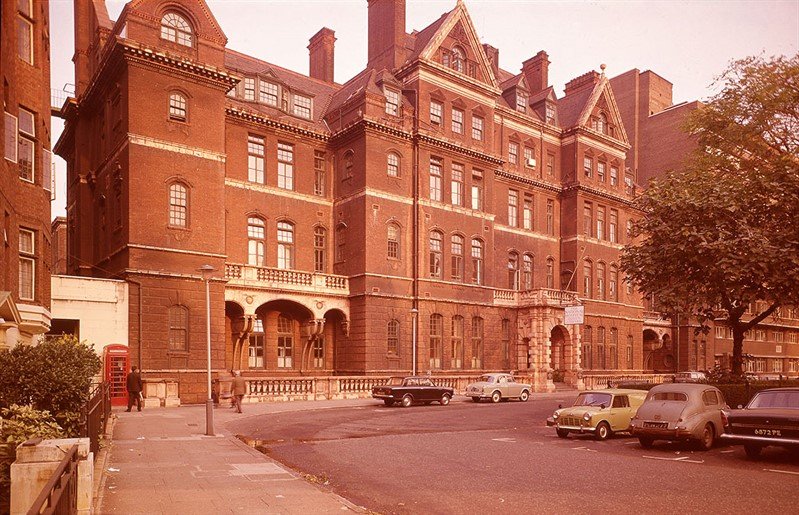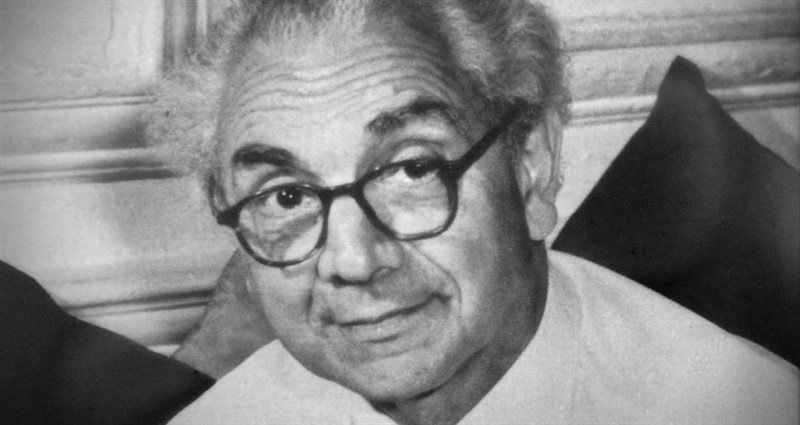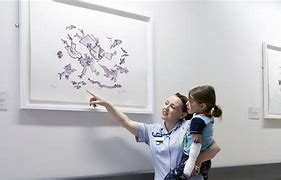ART MAKES US FEEL BETTER
ART MAKES US FEEL BETTER
by Norman Warwick
Our cover photograph shows us the kind of impact being made by a major charity, not only on a more holistic approach to health care but alsoin the workplace venues of the NHS. A charity called Paintings in Hospitals aims to transform the UK’s health by using world-class art to inspire better health and wellbeing for patients, carers and communities.
Studies show that art can help us feel better and then stay well, aid our recovery from illness and injury, and support us to live longer, more fulfilling lives. The charity believes that everyone should have the opportunity to experience these benefits.
Paintings in Hospitals is therefore committed to bringing world-class art to everybody by providing artwork loans and art activities, such as the one I facilitated at Blackburn R. I. several years ago, to all types of healthcare and social care.
As the charity web site reminds us, The World Health Organisation said as long ago as 1948 that ´Health is a state of complete physical, mental and social wellbeing and not merely the absence of disease or infirmity´.

The National Hospital for Neurology and Neurosurgery shown right, in circa 1960, was the birthplace of Paintings in Hospitals. The Charity therefore works in partnership with patients and carers to transform and humanise clinical environments using museum-quality art from the charity´s own collection. Through art activities and creative workshops, patients and carers are empowered with the skills and voice to make their own decisions about art, their care environment and their care experience.
By working together in this way, and sharing their knowledge, Paintings in Hospitals can create care spaces that support the well-being and enrich the lives of everyone.

Although the organisation is now the UK’s leading national ´arts in health´ charity its beginnings were much smaller. In 1959, in a busy hospital corridor, Sheridan Russell fixed an artwork to the wall. Sheridan was Britain’s first male almoner. The almoners were the pioneers of what we now call Social Work. They believed that medical treatment could be made better by improving aftercare and the care environment. Sheridan worked at the National Hospital for Neurology and Neurosurgery and had started displaying artworks in waiting rooms and wards. He noticed people’s reactions to these new artworks and began to see just how important art could be to our health and wellbeing.
With help from the Nuffield Foundation, Sheridan set out to create a special art collection. This would become the Paintings In Hospitals collection: the first and only national collection of art to support people’s physical and mental health.
Today, Paintings in Hospitals works across England, Wales and Northern Ireland, with almost 4,000 artworks in their collection, many by world-famous artists. The charity uses the collection to inspire art walks, artist projects and creative activities. And they work side-by-side with patients and care staff to help create care spaces that are encouraging, enriching and empowering.
The charity is confident that Sheridan would be proud of how they have perpetuated his legacy, and of course, we can help them deliver art, comfort and inspiration into the lives of patients and carers.
For, after all, if Art helps keep us well and aid recovery from illness then surely we all as a society can live healthier and mutually beneficial lives.
From waiting rooms to wards, our surroundings have an impact on the way we think and feel. Art, says the charity, can transform stark clinical environments into compassionate care spaces filled with inspiration and I certainly would verify that from my project with Blackburn Royal Infirmary.
There is a growing body of evidence showing that art improves health and well-being. A recent report from the All-Party Parliamentary Group on Arts, Health and Wellbeing found that art can help meet challenges in health and social care around ageing, loneliness, long-term conditions and mental health. It also found that art can help save money in the care sector
One expression of gratitude to the charity said “A painting in A&E takes me to a different place. I thought you should know that your work not only helps the ill get better, it helps the well stay well.”
Other key research has shown that:
Art increases care staff morale and in so doing Art improves communication between patients and carers
Art reduces patients’ need for painkilling medication
Art improves the overall experience of healthcare and social care environment.
Art eases anxiety, stress and depression for both patients and care staff and in doing so Art shortens patients’ length of stay in hospital.
Paintings In Hospitals believes that everyone should have the opportunity to experience these benefits. That’s why they remian dedicated to bringing art to everyone through their artwork loans and art activities.
The Chair oF Paintings in Hospitals is Andrew Hochhauser QC and he headlines one post on their web site by reminding us that ‘Art is a source of comfort when it matters most’.

A current on-going project at the charity is Sixty Years, Sixty Voices series and Mr. Hochhauser joined those sharing a personal story of the power of art in end of life care.
´My interest in Paintings in Hospitals, which led me to join the Board and eventually become its Chair is´, he says, ´founded on my love of visual art and an appreciation of the impact that it has on our daily lives. As our Communications & Development Manager, Thomas Walshaw, says in his powerful contribution to 60 Years, 60 Voices, ´Art is not a ´luxury‘ but an essential part of day-to-day living. Art brings us light, hope and happiness´.
Many of the contributors to the 60 Voices blog series so far have spoken about the empirical evidence showing that art assists in the healing and recovery process. I would like to talk about a rather different situation, in which someone you love is terminally ill and there is no prospect of them getting better.
Nowhere is art more important than in a hospice, where people in the final stages of their lives go to receive expert care. In 1994 my mother was diagnosed with breast cancer. Several courses of radio- and chemotherapy resulted in a period of remission. However, in 2002 her cancer returned and spread. She declined to have further chemotherapy treatment, which had caused her to experience serious side effects, and was told that without further treatment she had only a few months to live
With the support of our family, my mother lived life to the full during that short period. But some two weeks before her death, we were no longer able to provide the care she needed and she was admitted to a local hospice in North London. The care she received there was exceptional, down to the drinks trolley which did the rounds every evening.

However, the one thing absent from her room was art. From her home, I brought one of her favourite possessions, a seascape by the wonderful Cornish artist John Miller. We hung this oil painting at the foot of her bed. When she awoke in the morning, it was the first thing she saw; and before she went to sleep, it was the last thing she saw. She told me how much she appreciated the painting – that it was a source of comfort when comfort mattered most.
Art matters. All at Paintings in Hospitals know this. Every year we make a difference to the lives of thousands of patients, their families, medical staff and carers. I am proud to be Chair of this 60-year-old charity´.
In that role, of course, The Chair invited us to support the charity by
´donating to Paintings in Hospitals, you can help us comfort and uplift thousands more patients and carers in 2020 as we work to transform the UK’s health by using world-class art to inspire wellbeing.´
The charity´s artworks and creative workshops make a difference to the lives of millions of people every year. They have worked with patients and carers in almost 180 care organisations, including hospitals, hospices, mental health centres, GP surgeries and SEN schools, to bring the benefits of world-class art into their daily lives. Nearly nine hundred and fifty people have engaged in our art workshops and activities
Over 900 patients and carers worked with the Paintings In Hospitals team to develop their knowledge, skills and confidence to talk about, criticise and make decisions about art and their care environment through our hands-on art activities.
The charity worked hard to get over 70% of our art collection out into public care spaces, meaning we had more than 2,500 exhibits providing inspiration for patients and carers across England, Wales and Northern Ireland.
Paintings In Hospitals even partnered the National Gallery on the Artemesia Visits… project to bring a masterpiece by Artemisia Gentileschi, the most famous female painter of the 17th century, to Pocklington Group Practice in East Yorkshire.
Artists like Edmund de Waal; Dr Errol Francis, CEO of Culture&; Dr Val Huet, CEO of the British Association of Art Therapists; Prof. Victoria Tischler, Professor of Arts and Health at the University of West London; and Ed Vaizey MP, Chair of the All-Party Parliamentary Group on Arts, Health and Wellbeing, were brought together to mark 60 years of Paintings in Hospitals at Framing the Future – a unique event on the future role of arts in health.
This remarkable, (and surely too little-known?) charity has also recently completed a three-year partnership with internationally-renowned art school Central Saint Martins on a student mental health project Art in Large/Larger/Largest Doses.
I was fortunate enough to live in Rochdale until 2015 and always felt privileged to live in area where artists were respected and constantly called on to deliver into the community. There were many in this much maligned Borough who felt this was a local council plastering and patching on the cheap, but speaking as a writer and performing poet in the town, and as a trustee of a community dance organisation and vice chair of the Borough´s community voluntary sector, I always believed the council was far more enlightened than it was given credit for.
And Paintings In Hospital sounds like a wonderful charity ! Tomorrow, therefore, we shall listen in to sixty voices celebrating sixty years of its important work.




Leave a Reply
Want to join the discussion?Feel free to contribute!